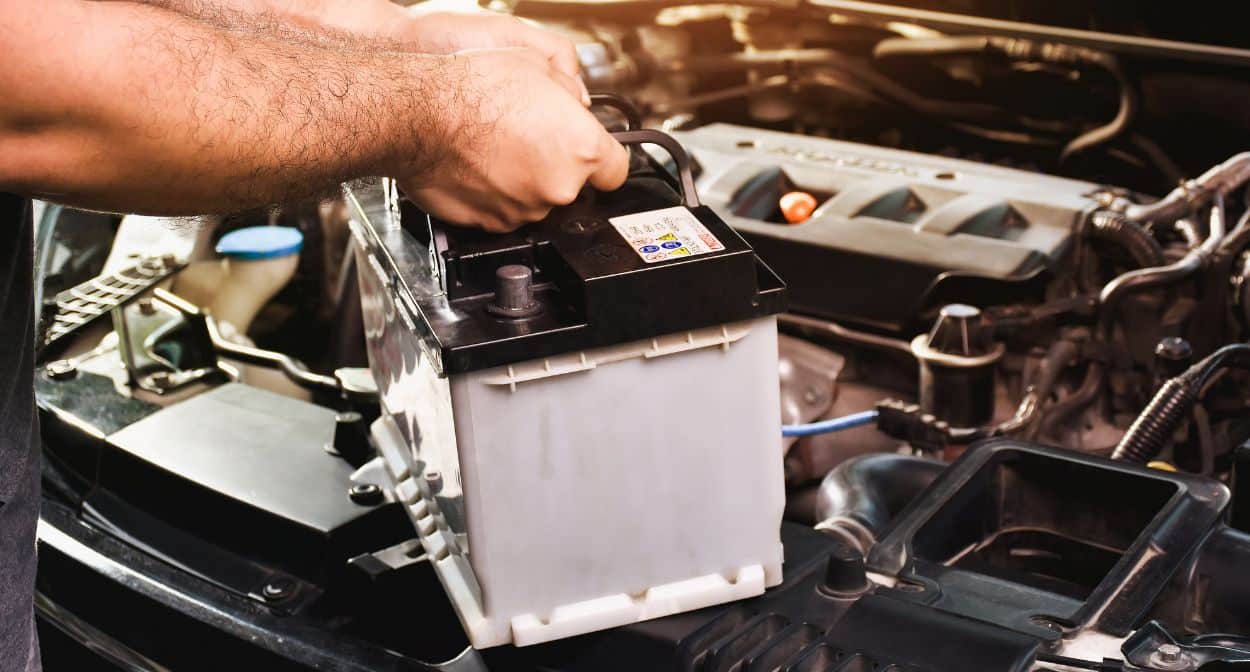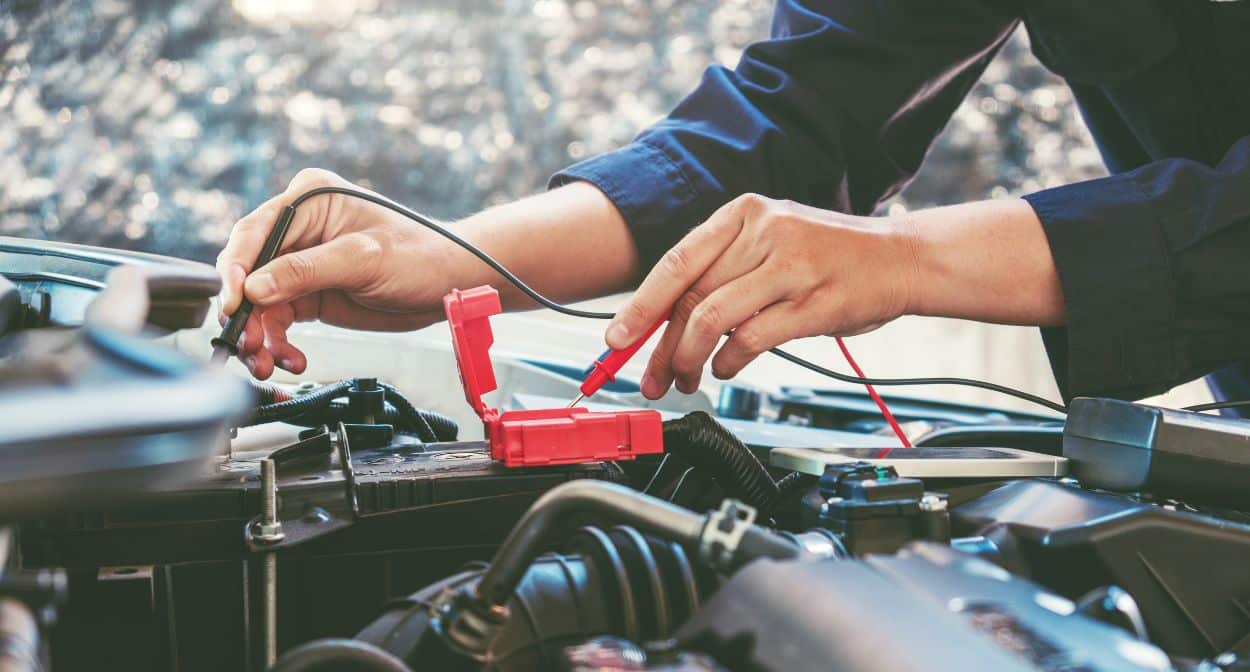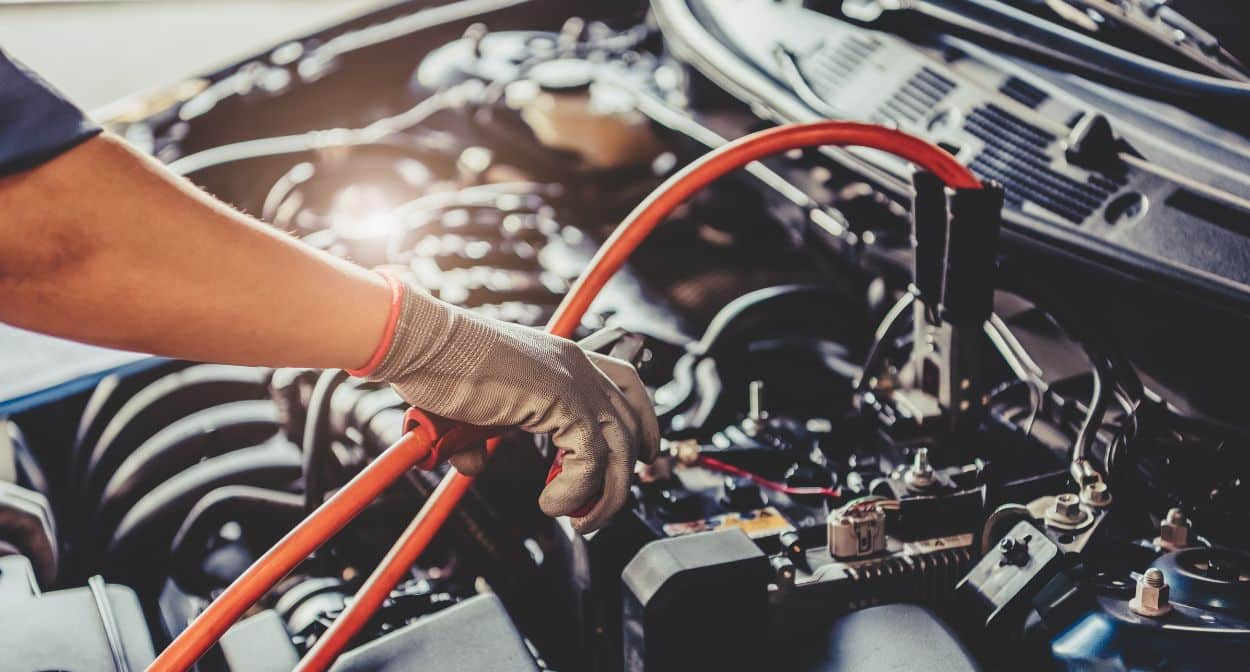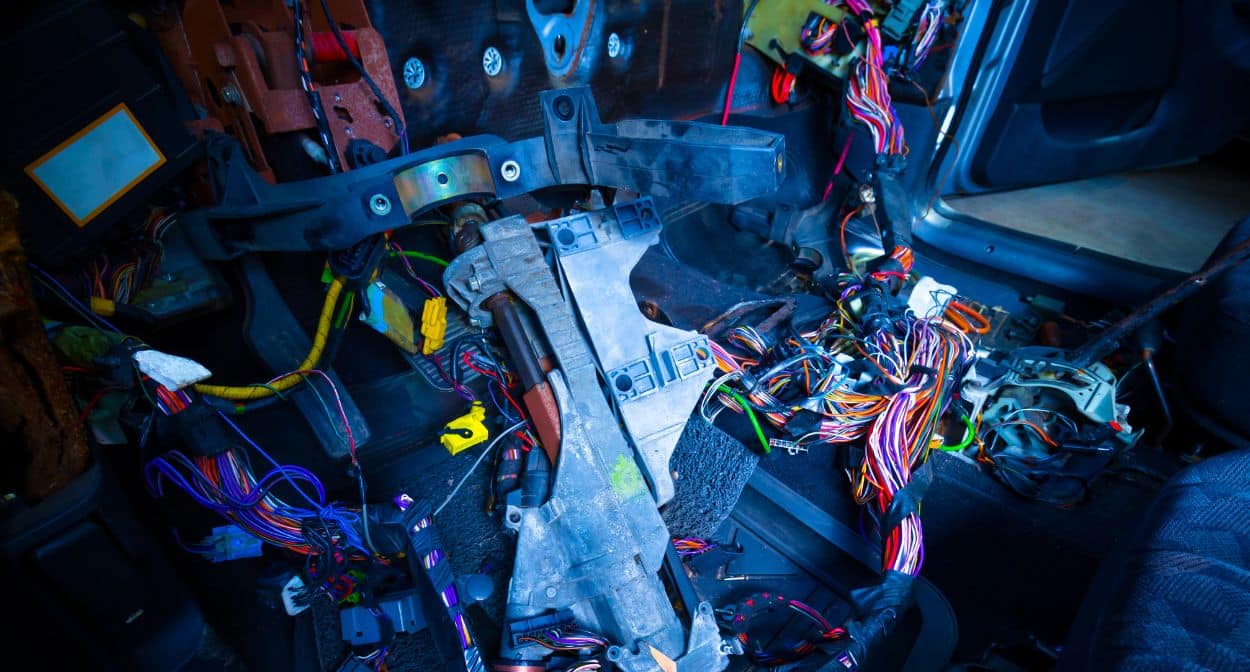Your vehicle’s electrical system is the unsung hero that powers your car’s essential functions and ensures a smooth and safe driving experience. From starting the engine to powering the lights, windows, and even the infotainment system, the electrical system is integral to modern automotive technology. Understanding its importance, how it works, and how to maintain it can prevent unexpected breakdowns and costly repairs.
Key Components of the Auto Electrical System

Alternator: The alternator charges the battery and powers the electrical system when the engine is running. It converts mechanical energy into electrical energy, ensuring that your car’s battery remains charged and ready for use. A failing alternator can lead to a drained battery and loss of electrical power.
Starter Motor: The starter motor is responsible for cranking the engine when you turn the ignition key. It draws power from the battery to initiate the engine’s operation. A malfunctioning starter motor can result in a vehicle that won’t start.
Fuses and Relays: Fuses and relays protect the electrical components from overcurrent and ensure the safe operation of the system. Fuses prevent electrical overloads, while relays allow a small current to control a larger current, protecting sensitive components.
Wiring and Connectors: The wiring and connectors are the veins and arteries of the electrical system, carrying power and signals to various components. Properly functioning wiring is crucial for the reliability of the entire system.
Common Electrical System Issues and Troubleshooting

Dead Battery
A dead battery is one of the most common electrical problems. It can result from leaving lights or accessories on, a failing alternator, or simply an old battery.
Troubleshooting Steps:
- Check battery voltage with a multimeter; a fully charged battery should read around 12.6 volts.
- Inspect battery terminals for corrosion and clean if necessary.
- Test the alternator output to ensure it’s charging the battery properly.
Faulty Alternator
A faulty alternator can cause the battery to drain quickly, resulting in dim lights, dead battery, or warning lights on the dashboard.
Troubleshooting Steps:
- Test the alternator’s voltage output; it should be between 13.8 and 14.2 volts with the engine running.
- Listen for unusual noises from the alternator.
- Check the alternator belt for proper tension and condition.
Starter Motor Issues
Starter motor problems can manifest as a clicking sound when turning the key, a slow cranking engine, or no response at all.
Troubleshooting Steps:
- Ensure the battery is fully charged.
- Check starter motor connections for tightness and corrosion.
- Test the starter motor using a multimeter or by bypassing the ignition switch.
Wiring Problems
Wiring issues can cause a range of electrical problems, including intermittent failures, shorts, and blown fuses.
Troubleshooting Steps:
- Visually inspect wiring for damage, wear, or loose connections.
- Use a multimeter to check for continuity in suspect wires.
- Replace damaged wiring or connectors as needed.
Blown Fuses and Faulty Relays
Blown fuses and faulty relays can disrupt the operation of various electrical components, such as lights, wipers, and fuel pumps.
Troubleshooting Steps:
- Identify the blown fuse and replace it with one of the correct rating.
- Test relays by swapping them with a known good relay or using a relay tester.
- Investigate the underlying cause of blown fuses, such as short circuits.
Maintenance Tips for a Healthy Electrical System

Inspect the Alternator: Have the alternator tested during routine maintenance. Look for signs of wear and tear, such as unusual noises or dimming lights.
Check the Starter Motor: Listen for unusual sounds when starting the engine and have the starter motor inspected if you notice any issues. Regular maintenance can prevent unexpected failures.
Replace Fuses and Relays: Keep spare fuses in your vehicle and replace any that are blown. Check relays for proper operation and replace them if necessary.
Maintain Wiring and Connections: Inspect the wiring and connectors for signs of wear, corrosion, or damage. Clean and tighten connections as needed to ensure reliable operation.
Conclusion
The auto electrical system is a critical component of your vehicle, ensuring everything from starting the engine to powering essential and non-essential components. Regular maintenance and timely repairs are key to keeping your car running smoothly and preventing unexpected breakdowns. By understanding the importance of your auto electrical system and following these maintenance tips, you can extend the life of your vehicle and enjoy a safer, more reliable driving experience.
Keeping your auto electrical system in top condition is essential for vehicle performance and safety. Regular inspections, timely replacements, and understanding the signs of potential issues can save you time, money, and hassle in the long run. Prioritize your auto electrical system maintenance to ensure a seamless and worry-free driving experience.


